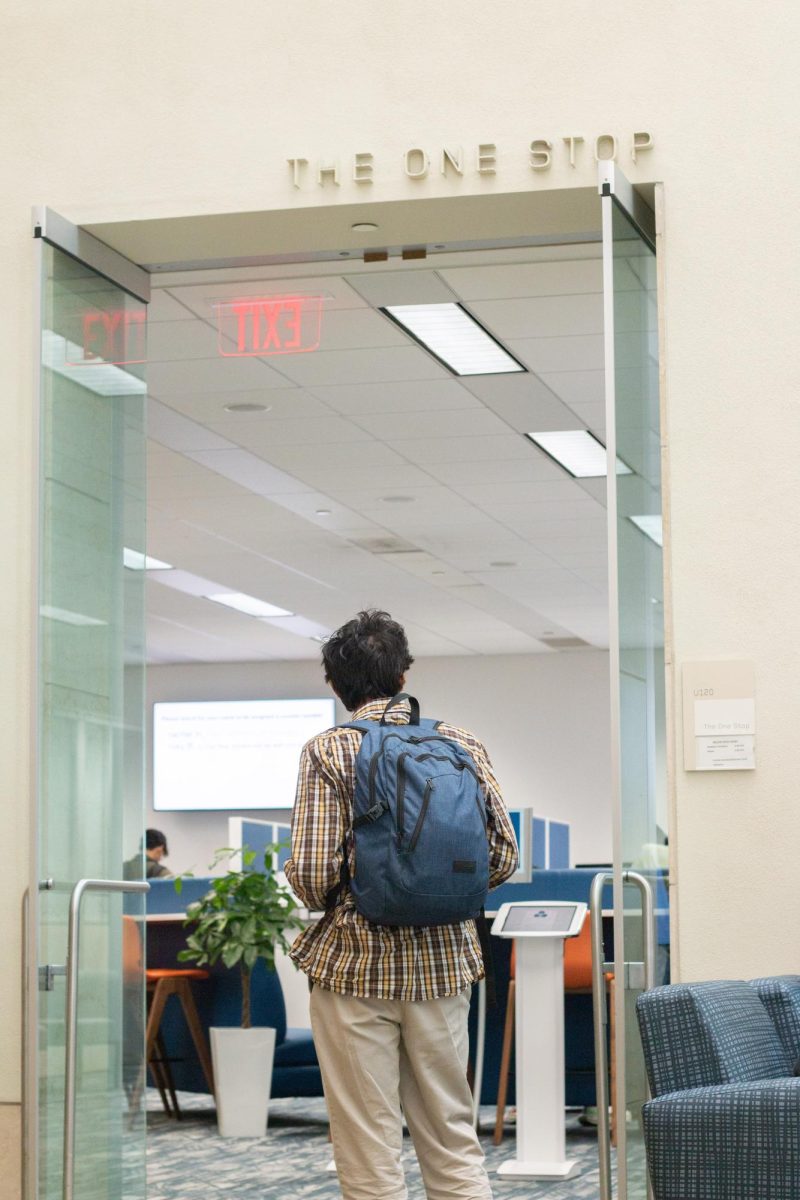The United States Supreme Court voted June 30, 2023 to block the Biden Administration’s one-time student debt relief plan. The decision was ruled by a 6-3 vote, blocking $400 billion to relieve federal student aid, as reported by the Associated Press. [3]
Those who have applied for the loan and have received approval prior to the plan’s blockage will no longer be eligible for debt relief under the Supreme Court’s decision, according to StudentAid.gov. [1]
The Biden Administration’s debt relief plan would have canceled up to $20,000 in federal student loans for 43 million college students and graduates across the United States. ABC News reports that out of those 43 million, 20 million people would have had their remaining student debt relieved entirely. [4]
As for scheduled payments, students and those continuing to pay off their loans are expected to start making payments beginning in October. Despite all of this, the U.S. Department of Education has initiated a new rulemaking process titled “negotiated rulemaking.” [1,2]
According to the U.S. Department of Education, “Under negotiated rulemaking, the Department works to develop an NPRM in collaboration with representatives of the parties who will be affected significantly by the regulations. This is done through a series of meetings during which these representatives, referred to as negotiators, work with the Department to come to consensus on the Department’s proposed regulations. These meetings are facilitated by a neutral third-party.” [2]
“The Department is specifically required by law to use negotiated rulemaking to develop NPRMs for programs authorized under Title IV of the Higher Education Act of 1965, as amended (Title IV programs) unless the Secretary determines that doing so is impracticable, unnecessary, or contrary to the public interest. The Department generally follows these same procedures when it uses negotiated rulemaking to develop NPRMs for programs other than the Title IV programs.” [2]
Even with the negotiated rulemaking process in play after the blockage of the student debt relief plan, there is still plenty of anxiety surrounding students on how the Supreme Court’s decision will affect them. ABC News, alongside Betsy Mayotte, president of the Institute of Student Loan Advisors, released a step-by-step breakdown of the ways college students and graduates can prepare themselves. [4]
The biggest piece of advice Mayotte was able to offer is to not make any payments until the freeze in October is over. Mayotte recommends instead to put the amount of money you would have paid on a loan into a savings account. “Then you’ve maintained the habit of making the payment, but (you’re) earning a little bit of interest as well,” Mayotte stated to ABC News. [4]
For those who aren’t able to start paying their loans right away once the freeze is over, President Joe Biden and his administration announced there will be a 12-month grace period for those who may struggle to make payments. ABC News stated, “Biden said borrowers can and should make payments during the first 12 months after payments resume, but, if they don’t, they won’t be at risk of default and it won’t hurt their credit scores.” [4]
There may also be qualifications for deferment or forbearance for those who are in short-term financial situations, which allows you to temporarily suspend a student loan payment. [4]
As for programs not impacted by the Supreme Court ruling that can help with an individual’s student loan debt, ABC News gathered a list of different ways one can apply to receive help. Cancellation of debt for individuals working for a government agency or a nonprofit, signing up for income-driven repayment plans, and borrowers who have been defrauded by for-profit colleges are all allowed to apply for debt relief programs. [4]
While the Higher Education Act has been used to cancel student debt in the past, it has never been used to cancel debt to the extent that Biden’s Administration attempted to achieve. [4]
Sources:
- Federal Student Aid https://studentaid.gov/manage-loans/forgiveness-cancellation/debt-relief-info
- U.S. Department of Education https://www2.ed.gov/policy/highered/reg/hearulemaking/hea08/neg-reg-faq.html
- Associated Press News https://apnews.com/article/student-loan-forgiveness-supreme-court-653c2e9c085863bdbf81f125f87669fa
- ABC News https://abcnews.go.com/US/wireStory/supreme-court-student-loan-decision-affects-100541179#:~:text=The%20court’s%20decision%20means%2C%20barring,Biden’s%20plan%20was%20struck%20down.

